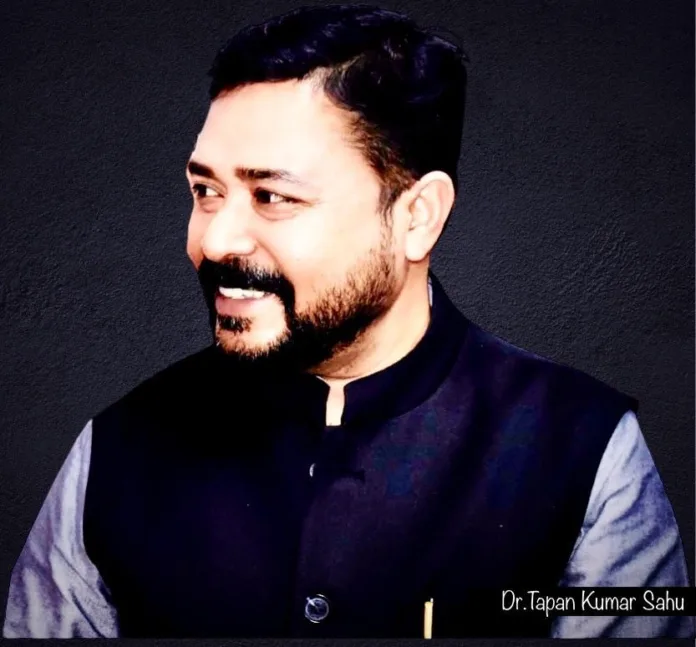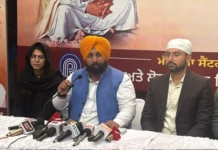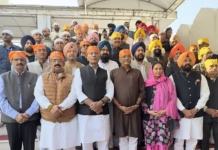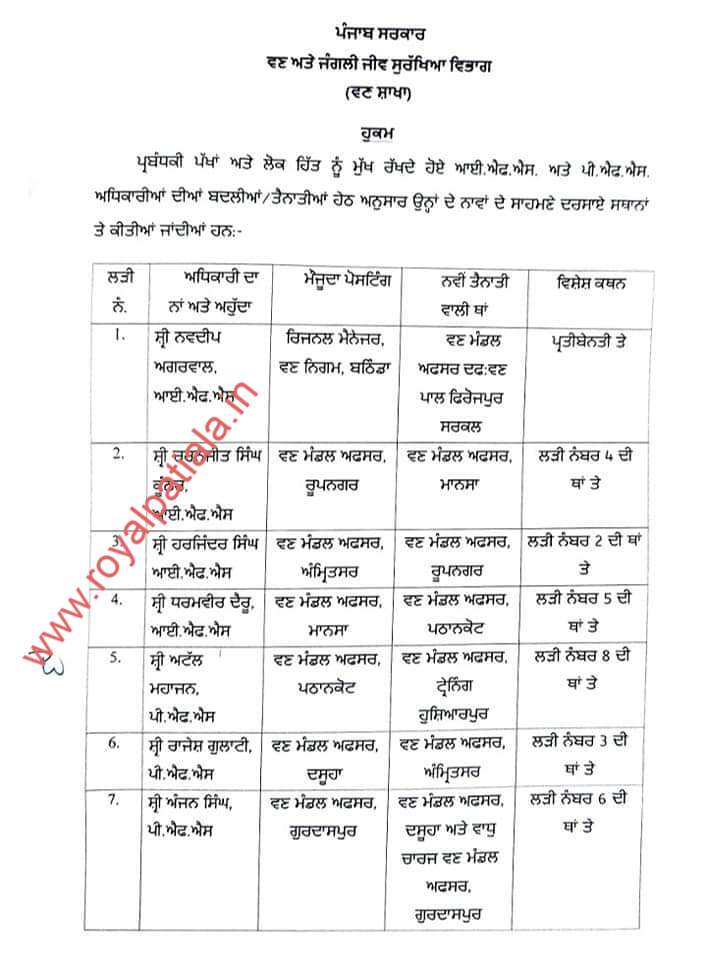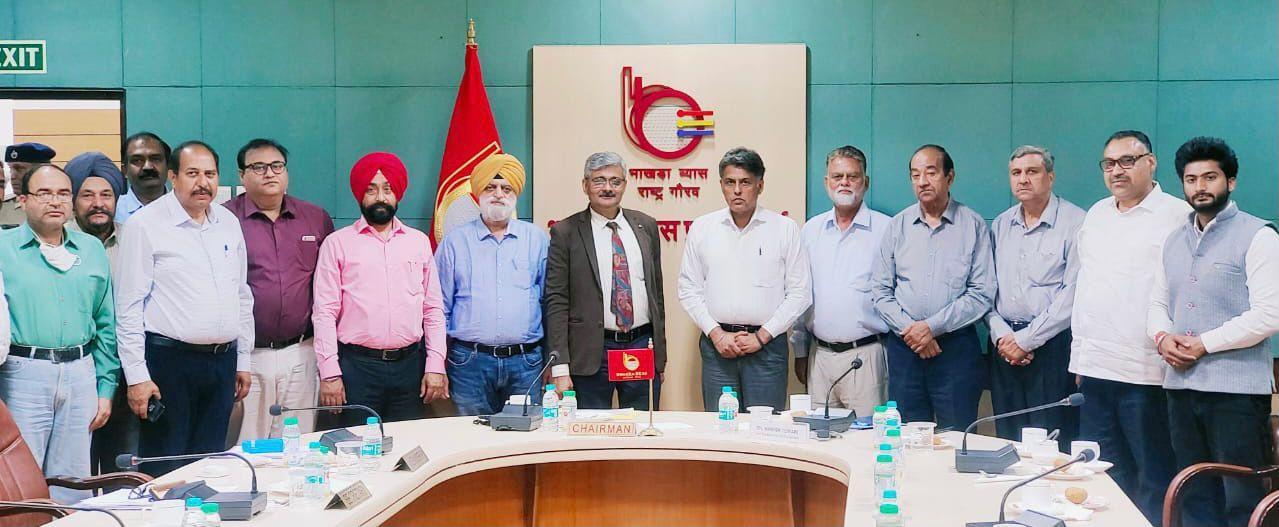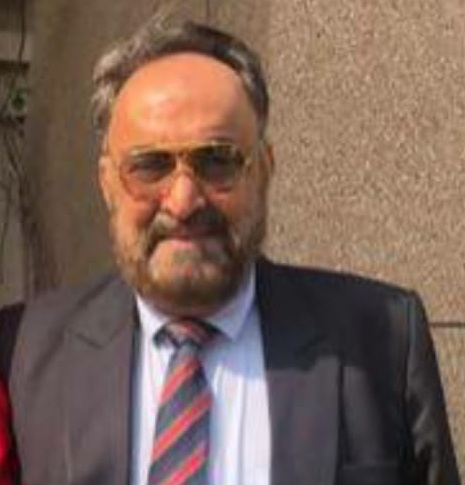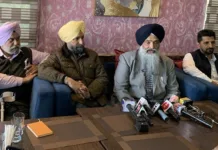“Grades Not Lives: The Rising Crisis of Student Suicides in India”- Dr.Tapan Kumar Sahu
Dr.Tapan Kumar Sahu/ March 31,2025
The increasing incidence of student suicides in India has reached an alarming level, growing at a rate that surpasses both the national population growth and overall suicide trends.
According to a report titled “Student Suicides: An Epidemic Sweeping India,” released at the Annual IC3 Conference and Expo 2024, student suicides have surged by 4% annually, compared to the 2% rise in overall suicides. Despite likely underreporting, data from the National Crime Records Bureau (NCRB) reveals a grim reality—over the past decade, the number of student suicides has nearly doubled from 6,654 to 13,044, with more than 35 students taking their own lives every day. Even as the population of individuals aged 0-24 declined marginally from 582 million to 581 million, student suicides have continued to rise at an unprecedented rate. The report further highlights a disturbing gender disparity, with male suicides increasing by 50% and female suicides by 61% in the last ten years, reflecting a consistent 5% annual rise in student suicides over the past five years.
The tragic case of Marymesi Arun, a final-year student at IIT Ropar, underscores the severity of the issue. His suicide note expressed regret over disappointing his parents, with poor academic performance—partially due to language barriers—driving him to take his own life. This case is not an anomaly but rather a symptom of a deeply entrenched problem. India’s premier educational institutions, once seen as gateways to success, have become arenas of relentless competition, where students are constantly struggling to prove their worth. Academic life has been reduced to a Darwinian survival struggle, where only the fittest thrive, while others either drop out or succumb to overwhelming pressure.
Recognizing this crisis, the Supreme Court recently observed that the extreme competition and score-centric education system are placing an unbearable burden on students. It has set up a National Task Force to address students’ mental health concerns and formulate strategies to curb the rising tide of suicides. While this is a commendable step, its success will depend on the willingness of key stakeholders—educational institutions, coaching centers, parents, and society at large—to introspect and reform their approach. The relentless obsession with academic excellence and numerical achievements must be replaced with a more holistic understanding of education that values individual potential beyond exam scores.

A recent personal experience at a Parent-Teacher Meeting (PTM) further illustrates the systemic issues contributing to student distress. At a reputed private school, the names of ‘shining stars’—students scoring above 95%—were displayed prominently on the blackboard. Sections were segregated based on academic performance, with top scorers placed in an elite “Newton” section, creating a visible divide among students. My son, despite scoring 90%, was excluded from this privileged section, while two of his best friends were placed in it. The effect on his morale was immediate—his face turned gloomy, reflecting the silent trauma many students endure.
The psychological impact extends beyond students to their families. At my workplace, colleagues celebrated their children’s high percentages with sweets and congratulatory messages. My wife, witnessing this, was moved to tears—not because our children had performed poorly, but because their respectable 90% marks were perceived as inadequate in a system that glorifies only the highest achievers. This obsessive focus on academic rankings raises a crucial question: In a society that celebrates only academic excellence, what place is left for the average and below-average students?
Prime Minister Narendra Modi’s “Pariksha Pe Charcha” initiative aims to reduce academic stress, yet the rising suicide trends suggest that such interventions remain largely ineffective. Educational commissions and committees have long advocated for a stress-free learning environment, from “Learning the Treasure Within” (Delors Commission) to “Learning Without Burden” (Yash Pal Committee), even before the National Education Policy (NEP) 2020. However, the ground reality in many so-called ‘branded’ public schools contradicts these progressive ideals. While they may conduct counseling sessions, their discriminatory practices—favoring top performers while sidelining others—reveal the hypocrisy of the system.
The problem is not merely institutional but societal. Parents, educators, and policymakers must acknowledge their collective failure in safeguarding student well-being. The Supreme Court’s intervention is a step in the right direction, but it must be supported by structural reforms in education, increased mental health support, and a cultural shift towards valuing diverse talents. True progress cannot be measured solely by academic scores; we must recognize and nurture students’ potential across various fields—be it the arts, politics, entrepreneurship, or sports.
As Albert Einstein famously said, “Everybody is a genius. But if you judge a fish by its ability to climb a tree, it will live its whole life believing that it is stupid.” The sooner we embrace this philosophy, the better equipped we will be to save countless young lives from despair. If India aspires to become Viksit Bharat @2047, it must first ensure that its students—its future leaders, innovators, and changemakers—are mentally, emotionally, and socially secure. A developed nation cannot be built on the shattered dreams of its youth.
Note: The expressed by the writer personal. Dr.Tapan Kumar Sahu, the writer is a Principal at, S.D.College of Education, Barnala (Punjab)

